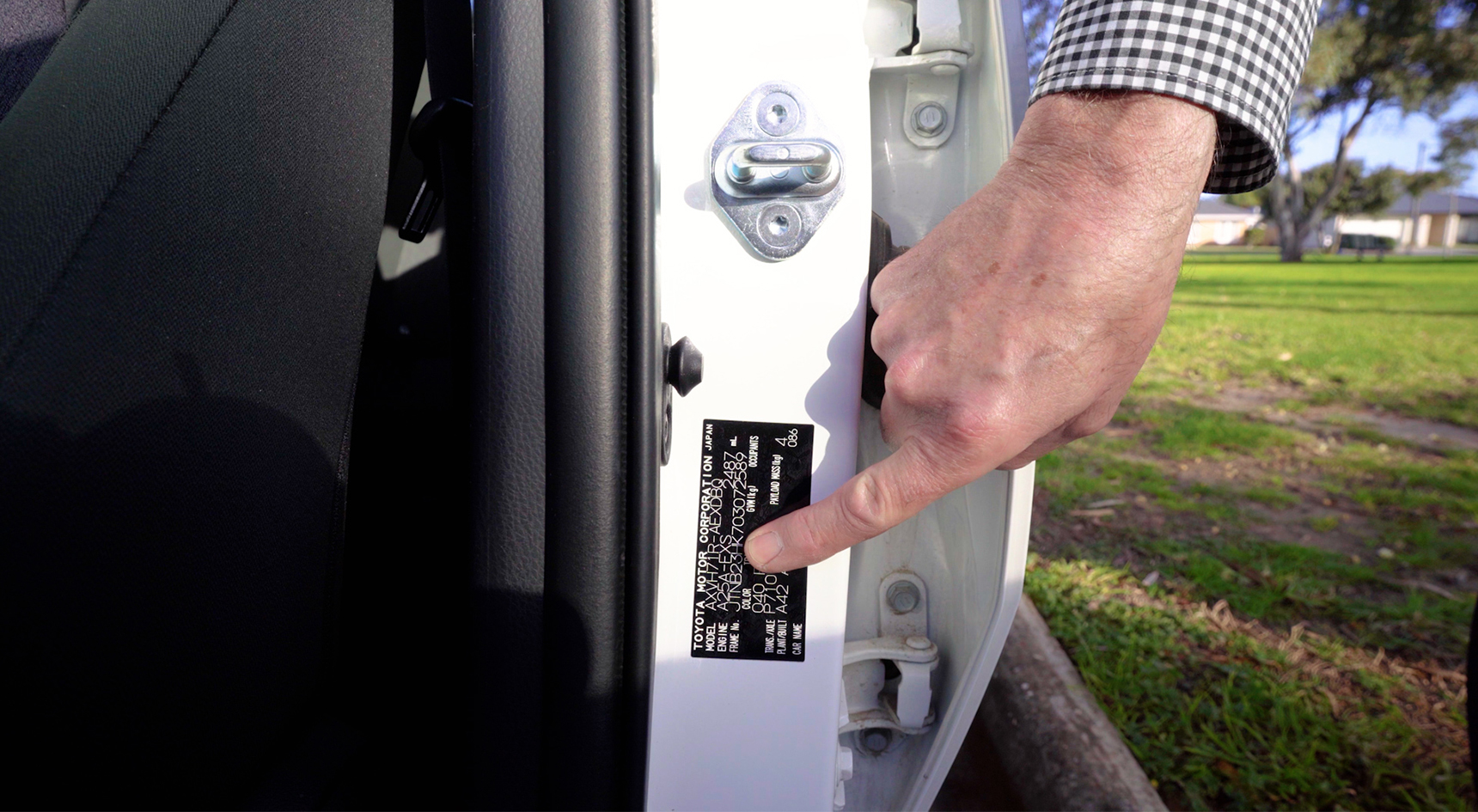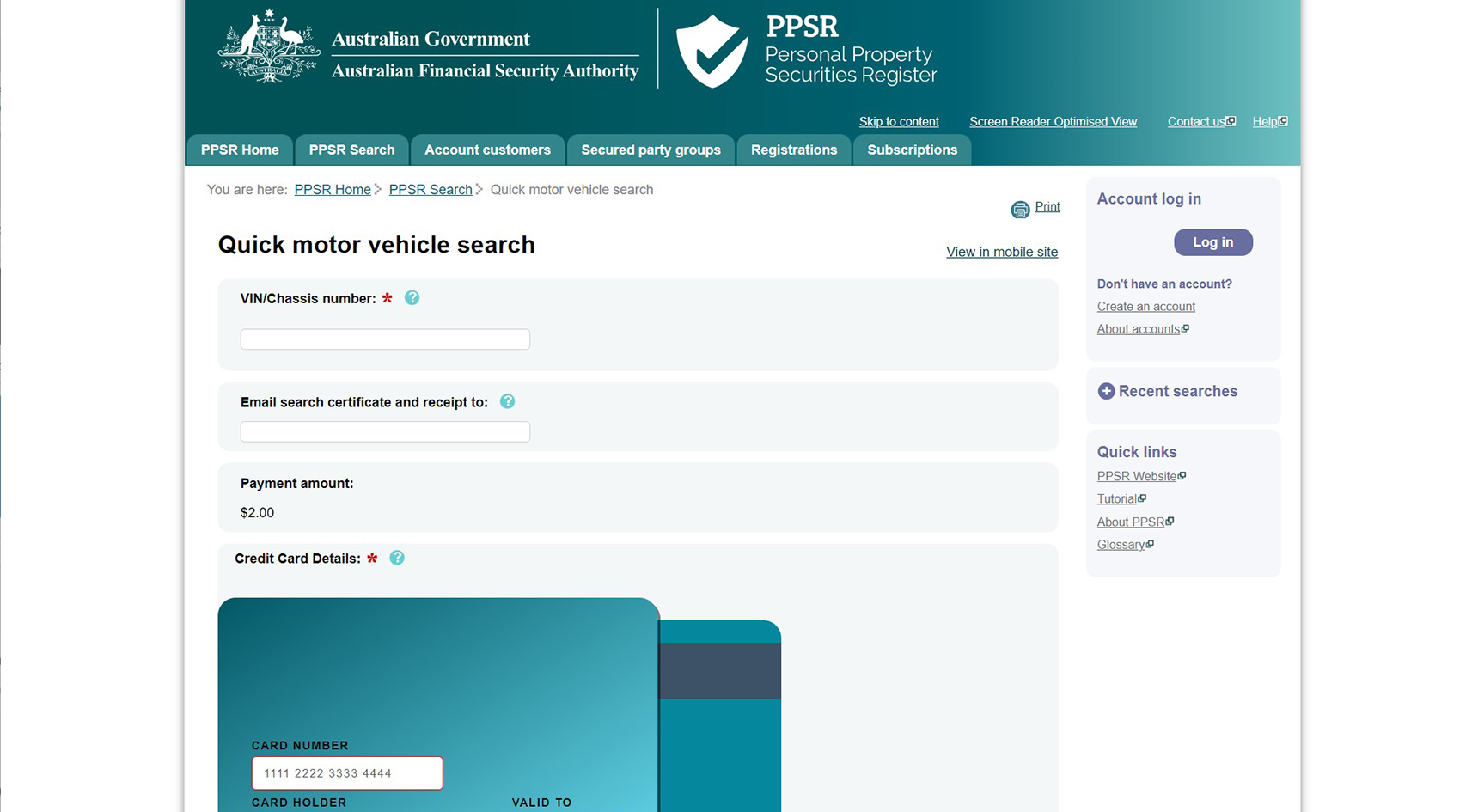By Andrew Rasch
Published: Wednesday, July 26, 2023
Do you know what a VIN is? And, no we’re not talking about Vin Diesel from the Fast and Furious film franchise.
It actually stands for Vehicle Identification Number (VIN), and every car built after 1989 has one. Here, we explain the what, why and where of VINs.
Sidenote: say VIN, not VIN Number – otherwise you’re saying Vehicle Identification Number Number.
In the following video, RAA Car Advice Manager Andrew Clark explains what a VIN is and where you can find it on your car.
After watching, read on for more information about the importance of VINs and why you may need to know it one day.
What is a VIN?
Your vehicle’s VIN is a combination of 17 letters and numbers, with each referencing specific details including the car’s make, model, year of manufacture, and the country where it was built. The VIN also shows the vehicle’s body or chassis number, which is usually included in the last six digits.
Like DNA and fingerprints, no two VINs are the same, so you won’t find your number on any other vehicle in the world.
A VIN must comply with international vehicle standards and Australian Design Rules, but unlike registration numbers, it can’t be changed – it remains with the car for its lifetime. All VINs comprise numerals from zero to nine and upper-case letters from A to Z. However, the letters I, O and Q are excluded to avoid errors when reading similar characters.
What do the numbers and letters mean?
Here’s a VIN we’ve randomly generated with an online tool.

Each segment of the VIN has a specific meaning to help identify the vehicle.
- Country of manufacture: The first character denotes where the vehicle was built (in this example, J stands for Japan).
- Manufacturer: The second and third characters indicate the manufacturer (N stands for Nissan).
- Vehicle description: Characters four to eight are the vehicle description section with information on the production line, body type and engine size.
- Security check digit: The ninth character is a security code showing that the manufacturer has authorised the VIN.
- Model year: The 10th character is the model year of the vehicle. In the current cycle, A is 2010, so in our example, C stands for 2012.
- Production plant: The 11th character shows which production plant assembled the vehicle.
- Serial number: The final six characters are the vehicle’s serial number.
Where is the VIN?
The VIN will be etched or stamped on the vehicle’s structure somewhere, and on a small metal plate or a label. You can find your VIN either under the bonnet, in the boot, in the driver’s door frame or on the lower left corner of the front windscreen. You might also find it on the floor in front of the driver’s seat (you can lift a corner of the carpet to check). Check the owner’s manual or service booklet for the VIN itself or for more information on where to find it on your vehicle.
You’ll also see your VIN on your registration papers and if you have an online mySAGOV account, you’ll find it there.

Why are VINs important?
Unless you wanted your bank account drained, you’d never give anyone your PIN. But your VIN? That’s a different story. There are times when you’ll need to know it or share it with someone else.
In Australia, every road vehicle’s VIN is kept in a database held by the National Exchange of Vehicle and Driver Information System (NEVDIS).
NEVDIS decodes and uploads new VINs for vehicles manufactured in Australia, or imported, so they can be registered.
The VIN serves a range of purposes.
- It’s an essential requirement for state and territory authorities. No VIN means no registration for that vehicle.
- It’s required to check the Personal Property Securities Register (PPSR). Here, you can see if the vehicle has been stolen, written off or is under finance. Although there is a small fee for this service, it’s highly recommended for used-car buyers.
- When insuring your vehicle, you’ll need to provide a VIN to the insurance company.
- The VIN can help the dealer or other retailer locate spare parts for your vehicle.
- VINs are used to contact owners about vehicle manufacture recalls and other communications.
